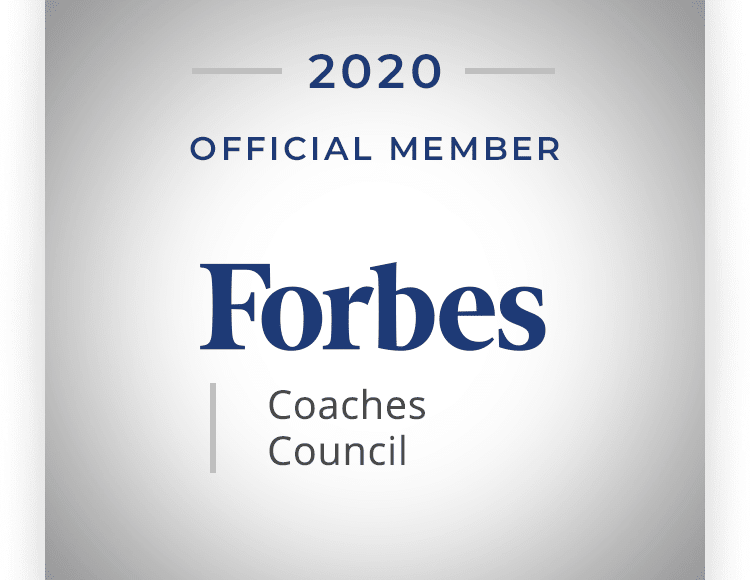- What We DoMenuMenuMenuMenu
- Who We Are
- Publications
- Testimonials
- Contact Us
Menu

Most companies acknowledge that change is now a strategic imperative. Why we need to change is well understood, and what to change into is solved by redefining vision and strategy. However, it’s how to change that remains a challenge for most organizations and their employees. For every individual, our inner game drives our outer game, so our choice to become a victim or an advocate comes from within. It’s guided by our inner beliefs, assumptions and biases about how the world operates. It’s about our mindset. Our mindset can define our character and decide the course of our life. So, the better question is: What are the mindsets that we need to develop in order to embrace and implement organizational change?
The first mindset that will help create an advocate view rather than a victim view is a growth mindset (as opposed to a fixed mindset). This concept comes from the brilliance of Carol Dweck and her book, Mindset: The New Psychology of Success.
This mindset is similar to optimism vs. pessimism or positive vs. negative. A mindset of abundance comes from a place of love, whereas a mindset of scarcity comes from a place of fear.
A mindset of asking and listening (compared to knowing and telling) is a mindset of learning. It’s a mind that is open to others’ perspectives. In her book, Change Your Questions Change Your Life, Marilee Adams describes how “Question Thinking” can transform your life and leadership. By choosing to ask and learn rather than immediately judge a situation or person, we can achieve amazing results.
As you can see, these mindset comparisons converge and overlap, and the important thing is to consider exactly how to shift your mindset from one to the other. Here are two techniques to help you do just that.
The first step is to pay attention to your thinking. We tend to live through each day on autopilot, reacting to people and situations automatically. Noticing exactly what we are thinking about in any given moment is a huge step toward choosing a different mindset. By noticing your own thoughts, you have taken a huge step into greater self-awareness that than gives you the ability to choose your response. It allows you to interject and prevent your automatic response from running the show. It gives you a second or two to realize that you might have a different option.
To some extent we are hard-wired by our long-standing belief systems; however, we can rewire ourselves. Neuroscience has proven this. Our thought patterns are driven by our underlying beliefs, biases and assumptions that we have held onto tightly since childhood, as they kept us safe. There are several methods that guide you through a process of revealing these underlying (and often limiting) beliefs and replacing them with more effective thoughts.
Establishing the right mindset is not necessarily quick and easy, but the important thing to know is that you can change your beliefs. Either on your own or with the help of a coach (or counselor), you can be guided through a process that shines a light on the beliefs that create your mindset, allowing you to see them — often for the first time — and let them go or replace them with more productive patterns of thought.